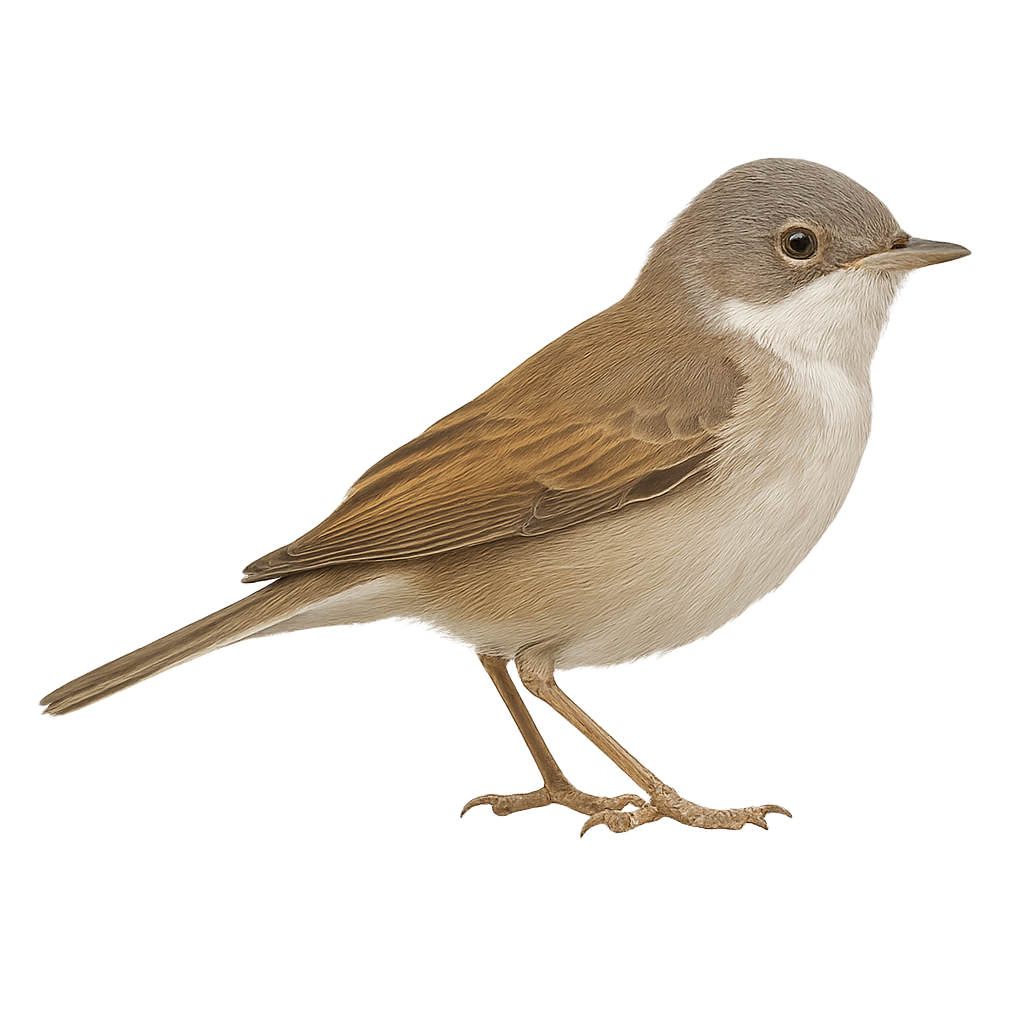Your wildlife photography guide.
Explore the sardinian warbler in detail, study its behavior, prepare your shots.
Where to observe and photograph the sardinian warbler in the wild
Learn where and when to spot the sardinian warbler in the wild, how to identify the species based on distinctive features, and what natural environments it inhabits. The WildlifePhotographer app offers tailored photography tips that reflect the sardinian warbler’s behavior, helping you capture better wildlife images. Explore the full species profile for key information including description, habitat, active periods, and approach techniques.
Sardinian warbler
Scientific name: Curruca communis

IUCN Status: Least Concern
Family: SYLVIIDAE
Group: Birds
Sensitivity to human approach: Suspicious
Minimum approach distance: 20 m
Courtship display: April to June
Incubation: 11-13 jours
Hatchings: May to July
Habitat:
Shrublands, maquis, Mediterranean vegetation
Activity period :
Primarily active during the day, with peak activity in the morning and late afternoon.
Identification and description:
The Sardinian warbler is a small passerine bird found primarily in scrublands, maquis, and Mediterranean regions. It is easily recognized by its light gray plumage, brown back, and pale belly. This bird is primarily insectivorous, feeding on small prey such as insects and spiders, which it captures by rummaging through bushes and vegetation. It is also known for its melodious song and discreet movements in the underbrush.
Recommended lens:
600 mm – adjust based on distance, desired framing (portrait or habitat), and approach conditions.
Photography tips:
Photograph the Sardinian warbler using a telephoto lens to capture its discreet movements and moments of singing. It is best to photograph early in the morning or late in the afternoon when the light is soft and the bird is more active. Be ready to capture a moment when the bird emerges from a bush to sing or forage.
The WildlifePhotographer App is coming soon!
Be the first to explore the best nature spots, track rutting seasons, log your observations, and observe more wildlife.
Already 1 430 wildlife lovers subscribed worldwide

